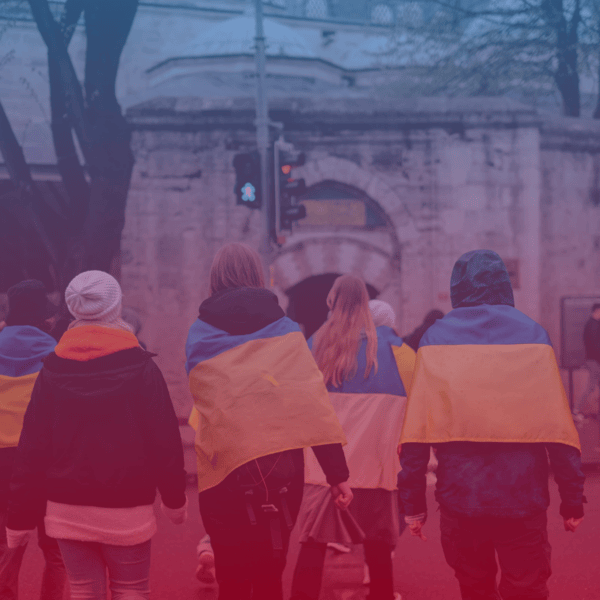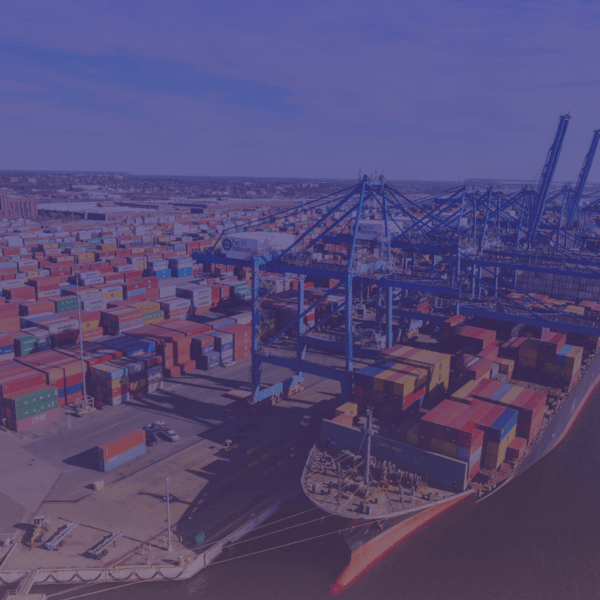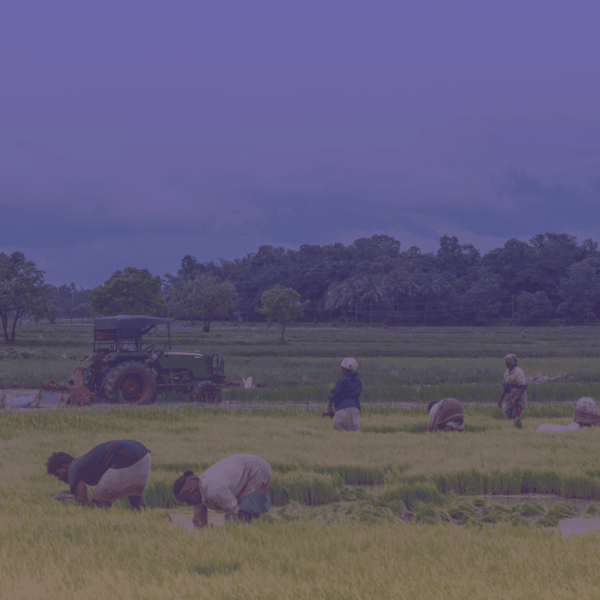
Written by: Martina Llobell González-Gallarza
Context and integral parts of the European Union’s Migration and Asylum Pact
The European Union’s Migration and Asylum Pact of 2024 is more than a set of regulations—it is a reflection of the enduring clash between left and right-wing visions for Europe’s future. The Pact comes nine years after the 2015 migration crisis, when 1.3 million people entered EU territory, primarily due to the conflict in Syria. This was a time of tensions between receiving countries and other Member States, and it raised several debates within European institutions about how to manage migration across the Union (Henley, 2024). In 2023, over 1.2 million irregular border crossings were registered at EU external borders (Frontex, 2024). As the President of the Commission, Ursula von der Leyen, said: “Migration is a European challenge that requires European solutions.”
After years of negotiations—since the Pact was first proposed in 2020—the Commission now defines the final text as a “set of new rules managing migration and establishing a common asylum system at EU level” (European Commission, 2024). Approved in April 2024 by the European Parliament, this Pact claims to have achieved a certain level of flexibility to allow Member States to address specific challenges. Its goal is to regulate and harmonize asylum procedures across the EU, making migration management more predictable to prevent conflicts between Member States. Countries in Southern Europe will implement stricter asylum procedures at their external borders and gain enhanced authority to deport rejected asylum seekers. Meanwhile, inland countries will have the option to either accept a designated number of migrants or contribute financially to a common EU fund (Camut & Wax, 2023).
More precisely, the EU’s Migration and Asylum Pact is structured around four main pillars: secure external borders, fast and efficient procedures, an effective system of solidarity, and the integration of migration into international partnerships. According to EU institutions, secure external borders strengthen checks at EU entry points and aim to prevent secondary movements. Fast and efficient procedures aim to reduce the average asylum decision time to six months, compared to over a year under previous rules, and harmonized procedures across Member States are designed to avoid delays and duplications (European Commission, 2024). The effective solidarity mechanism distributes asylum seekers fairly among Member States combining relocation quotas and financial contributions. In particular, relocation quotas propose that 30% of incoming asylum seekers could be distributed to other Member States. Lastly, embedding migration into international partnerships promotes cooperation with third countries through readmission agreements and support for local asylum systems. In fact, over €500 million were allocated in 2024 for external migration management projects (European Commission, 2024).
The table below shows a summary of the four pillars alongside the main criticisms raised:
Table created by the author based on information from the European Commission’s “Pact on Migration and Asylum” webpage (see home-affairs.ec.europa.eu), summarizing the pillars, objectives, and main critiques of the EU Migration Pact 2024
Political tensions behind the Pact
The EU’s Migration and Asylum Pact was not an easy decision for either the Parliament or the Council. Out of 705 MEPs, 300 voted in favor and 270 against, with many abstentions. This narrow margin clearly shows that the Pact cannot be described as a unanimous decision. The main European parties in favor of the Pact were the EPP, S&D, and Renew Europe—mainly more moderate parties and the largest political groups in the European Parliament. On the one hand, these parties argue that the Pact allows the EU to regain control over its external borders, reduces migratory pressure, and lays the foundation for a system of shared solidarity. On the other hand, both far-right and far-left parties opposed the Pact for different reasons, creating tensions. Identity and part of the ECR considered the Pact too soft and inadequate to meet the security needs of EU borders. In contrast, The Left and the Greens considered the Pact too harsh, arguing that it compromises European values such as compassion and human dignity (González, 2024).
This political divide reflects some of the current tensions within EU institutions, especially after the most recent elections, in which the right—and particularly the far-right—gained greater influence in the Parliament. The approval of the Migration and Asylum Pact required months of intense negotiations, during which right-wing groups insisted on harsher measures on border controls and asylum procedures, threatening to block the Pact otherwise (European Parliament, 2024). Consequently, debates became highly polarized: left-wing and progressive MEPs focused on human rights and solidarity mechanisms, while the right emphasized security and national control. These conflicting priorities ultimately shaped both the negotiation process and the final text of the Pact, reflecting the broader ideological struggle within the EU (González, 2024).
Another group that criticizes the Pact are NGOs. More than 50 of them—including Amnesty International, Human Rights Watch and Oxfam—wrote a joint letter to the EU warning that the Pact could lead to the arbitrary detention of children, the transfer of migrants to safe third countries, and an increase in racial profiling. These humanitarian organizations criticize the provisions in the Pact that create legal pathways for Member States to engage in refoulement—the forced return of asylum seekers to countries where they may face persecution—despite this being prohibited under international law. Additionally, they condemn the Pact’s mechanisms that allow for the automatic detention of migrants and asylum seekers—including vulnerable individuals—at border processing facilities, often without adequate procedural safeguards or access to legal representation. NGOs argue that these measures fundamentally undermine Europe’s commitment to human rights and the refugee protection standards established in the 1951 Refugee Convention (Camut & Wax, 2023).
Implications on the normative power of the EU
The Pact reflects the current tensions within EU institutions between different ideologies, and the recurring difficulty of reaching agreements that are favorable to everyone. On the one hand, the Pact represents the EU’s capacity to create common solutions for common problems, a living proof of the capacity to have agreements between left and right-wing forces in the European Parliament. On the other hand, the Pact only materialized after accepting the demands of right-wing factions and numerous anti-migration governments across the European Union. In fact, after the Pact was adopted, both Hungary and Poland declared that they would not comply with the redistribution of asylum seekers. The final text reflects this rightward shift in European politics, with border security and deterrence mechanisms taking precedence over protection measures that human rights advocates had lobbied for throughout the negotiation process.
This clash between realpolitik and values lies at the heart of an intensifying debate regarding the European Union’s status as a normative power on the global stage. Critics and scholars alike question whether the EU still maintains its traditional position of moral leadership in international relations, particularly in the realm of human rights protection, or whether recent policy shifts indicate a troubling departure from these foundational principles. The tension becomes especially apparent when examining how certain provisions within the Migration and Asylum Pact potentially normalize practices that appear to contradict established norms of international refugee law and humanitarian standards the EU has historically championed.
Conclusion
In conclusion, the European Union’s Migration and Asylum Pact of 2024 represents the outcome of months of debate and dialogue between EU institutions. It was passed by a small majority and lacks the approval of both extremes in the European Parliament. Criticized by many, such as NGOs, certain governments, and political parties, the Pact is said to be the living proof of the regained power of the right in the Parliament, and a shift away from the humanitarian values the European Union was believed to embody since its foundation in 1957.
Bibliography
Camut, N., & Wax, E. (2023, April 10). EU migration deal: Roberta Metsola calls for fairer rules on refugees and migration. Politico. https://www.politico.eu/article/eu-migration-deal-roberta-metsola-refugees-migration-asylum-rules/
European Commission. (2024). Pact on Migration and Asylum. https://home-affairs.ec.europa.eu/policies/migration-and-asylum/pact-migration-and-asylum_en
European Parliament. (2024, April 8). MEPs approve the new Migration and Asylum Pact [Press release]. https://www.europarl.europa.eu/news/en/press-room/20240408IPR20290/meps-approve the-new-migration-and-asylum-pact
Frontex. (2024). Annual risk analysis 2023. https://www.frontex.europa.eu/assets/Publications/General/ARA_2023.pdf
González Enríquez, C. (2024, April 10). The EU Pact on Migration and Asylum: Context, challenges and limitations. Real Instituto Elcano. https://www.realinstitutoelcano.org/en/analyses/the-eu-pact-on migration-and-asylum-context-challenges-and-limitations/#:~:text=Analysis On 10 April 2024,Although
Henley, J. (2024, April 10). EU asylum and migration pact has passed despite far-right and left’s objections. The Guardian. https://www.theguardian.com/world/2024/apr/10/eu-asylum-and-migration-pact-has-passed-despite-far-right-and-lefts-objections

 One Crisis, Two Views, One Pact: Political Tensions Behind the EU Migration Pact 2024
One Crisis, Two Views, One Pact: Political Tensions Behind the EU Migration Pact 2024 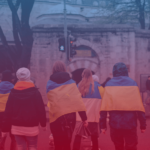 Selective Solidarity: The Desecuritisation of Migration in the EU’s Response to the Ukrainian Refugee Crisis
Selective Solidarity: The Desecuritisation of Migration in the EU’s Response to the Ukrainian Refugee Crisis 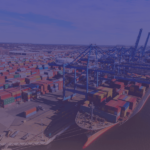 Circumnavigating Sanctions: Informal Sovereignty and Russia’s Shadow Fleet
Circumnavigating Sanctions: Informal Sovereignty and Russia’s Shadow Fleet 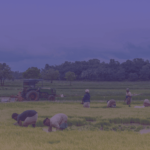 Conflict, Displacement, and Irregular Migration: A Structural Approach to Caporalato and Labour Exploitation in Italy’s Agricultural Sector
Conflict, Displacement, and Irregular Migration: A Structural Approach to Caporalato and Labour Exploitation in Italy’s Agricultural Sector 